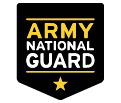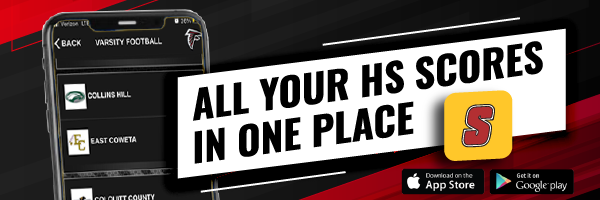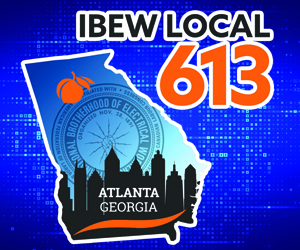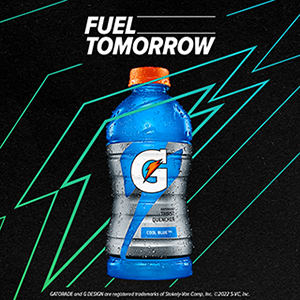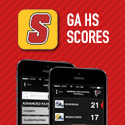It is not hyperbole to say that the coronavirus outbreak has impacted everybody. From both an individual perspective to the broader functioning of society as a whole, this event has seismically altered the world we live in as well as our daily lives. Over the past several weeks as I tracked the latest news regarding COVID-19 and tried to adapt accordingly, I have been astounded by many of the developments and the growing magnitude of this ongoing crisis. At the same time, I have also spent time reflecting back on previous events in my life that have offered me ways to try to put this new version of normal into perspective.
The first major event I want to take a look back on is the H1N1 outbreak in 2009 in order to compare the disruptions caused by that outbreak to what we are already seeing with this pandemic heading into the summer. For those that don’t remember the specifics of the H1N1 outbreak, it was a virus that was found to be a novel strain of influenza for which extant vaccines against seasonal flu provided little protection. It ran its course for nearly 20 months and certainly could have been worse—even though the numbers are still quite alarming. The outbreak began in January of 2009 and was declared a global pandemic in June. By the middle of November 2009, about 50 million Americans had contracted the pandemic H1N1 influenza, according to the estimates from the Centers for Disease Control and Prevention—meaning that about 15% of the entire country had been infected, about 1 in every 6 people.
During this time, I was playing football for the University of Georgia, and the outbreak was a major concern that impacted the 2009 college football season and campuses throughout the country. The Tulane football program was one of the first ones to get hit with the flu strain. Director of Tulane’s sports medicine program Dr. Greg Stewart had several players complaining about similar symptoms when he first began to diagnose them with the flu. Just eight days later, 31 football players and six members of the volleyball team were believed to have come down with swine flu. The concerns were steep enough that Tulane canceled the football team’s Fan Day and kept the volleyball team home from its season opener in Nebraska.
“We’ve never had anything like this,” said Stewart at the time. Heisman Trophy finalist and Texas quarterback Colt McCoy also got hit with the flu during the 2009 season. He fell ill right before the No. 2 ranked Longhorns were set to play Texas Tech. McCoy’s roommate at the time, wide receiver Jordan Shipley, told reporters that McCoy wore a mask leading up to the game to help avoid spreading the bug to his teammates and his former head coach Mack Brown expressed that he was worried McCoy could spread the flu because he touches the ball on every snap, also adding “We had to keep him away,” Brown said. “Colt tried to shake my hand last week and I said, `Uh, uh, big boy.”
Meanwhile, the flu hit other teams and campuses across the country were put on high alert. Washington State had 16 players get sick before its home opener as an even larger flu outbreak swept through the school. The situation prompted the university to place hand sanitizers at concession stands for the game. Hotspots and concentrations of the outbreak would pop up throughout the country as the pandemic ran its course and hundreds of schools had to close their doors within that stretch of time. Originally, the CDC even advised that schools were to close for up to two weeks during the pandemic’s early spring wave, but then it changed course and advised schools instead to focus on keeping sick students and staff out of school rather than completely shutting down.
The reason for this shift was because “once you close a school, as we saw last spring, that creates a very significant ripple effect on parents and businesses,” said Janet Napolitano, secretary of the Department of Homeland Security at the time. By comparison, COVID-19 has already created a devastating tsunami with its nationwide school closures.
There are two major takeaways I have when I think back to how the response to the 2009 outbreak was handled after seeing how we are responding to COVID-19 so far. The first is that COVID-19 has been exponentially more disruptive to our lives and we have no way to imagine what a school year, or playing a football season (or any sports season), during this pandemic would even look like at this point—although we will likely gain a sense in the weeks ahead.
The second takeaway is the permanent shift to a more cautious population that I believe has occurred since the last outbreak. Players with the flu back in 2009 would quarantine themselves so they did not infect their teammates leading up to games, but many would still suit up on game day—even if they were showing symptoms. Similarly to Michael Jordan’s memorable performance in Game Five of the 1997 NBA Finals where he played with the flu, there has typically been a degree of reverence aimed towards players that battle through the flu or other illnesses to help their teams win. That way of thinking will likely be left in the past after seeing first-hand how disruptive this pandemic has been and may even be looked back on as reckless by future sports fans.
The reality is that there is no way that someone infected with COVID-19 would be allowed to participate in a contact sport that would put others at risks of infections at this stage of the pandemic. This situation is far more urgent than the 2009 outbreak was and people are being far more cautious as a result of the urgency. And even if we were to see players with confirmed cases of COVID-19 suiting up for their teams this fall, the outrage and potential backlash that it could cause would be like nothing any previous sports seasons have had to consider.
All of the social distancing measures, quarantining and the use of personal protective equipment since this outbreak started has also reminded me of some of the things my family was faced with during my dad’s three-year battle with leukemia. His chemo treatments and three bone marrow/stem cell transplants left him with a compromised immune system throughout his battle and made him very vulnerable to infections. Having a family member in this position is highly stressful and I can only imagine how many people are experiencing a similar fear during this pandemic.
Prior his death in December of 2016, my dad opened up about what it was like living with a compromised immune system and the toll that the long periods of isolation had on him mentally and physically. At one point, he spent 97 days in isolation at the hospital battling various infections as well as pneumonia before he was finally cleared to return home. Even though his weakened immune system ultimately prevailed that time, he returned home with many precautions that had to be adhered to.
“We were instructed to take all kinds of precautions at home,” he said. “Among the prohibited activities for six months post-transplant: no working in an office, no movie theaters, no sporting events, no animals, no lawn work, no swimming, no alcohol, no visitors outside of family, and no restaurants. Even hugging my kids was risky, as children are often carriers of multiple germs. Despite all of the restrictions, I couldn’t wait to be back home.”
When I spoke to my dad on the phone or when I got to visit him in isolation on a few occasions after going through a series of safety steps, there was always one thing that was driving him to keep going: returning to his job. His initial conversations about returning to work were often centered around the risks of returning to an environment where the thousands of fans would also be.
“I met with Dr. Holland and we discussed my return to the airwaves. … Dr. Holland, concerned about my frail immune system, did not want me to go to New York for the 2015 NBA All-Star Game. When I pushed back, he suggested that I could drive to New York or take a private plane, to avoid the germ-infested airports. However, when he also stipulated that I could not shake any hands, give any hugs, or have any human physical contact, I decided it wasn’t worth it.”
My dad accepted that there would be risks and ultimately decided that it was worth it to go back to work. How could he give up on experiencing the exact thing that had kept him going during his battle in the first place? He couldn’t and he was blessed to have a job that he could go back to.
Witnessing society being forced to adapt at light speed to a similar lifestyle of isolation and shutdowns has been depressing and even more concerning is the fact that there are so many people out there that do not have a job to go back whenever this ends. It was very difficult to think about all of the spring sports athletes out there that had their seasons ripped away from them and for all the seniors that went through 12 and a half years of school only to be denied the opportunity to experience the excitement of closing out their final semesters. The world had already experienced significant changes since the 2009 pandemic before COVID-19 showed up. Now, the question is what the world is going to look like on the other side of this crisis and how has it changed our perception of normal?



